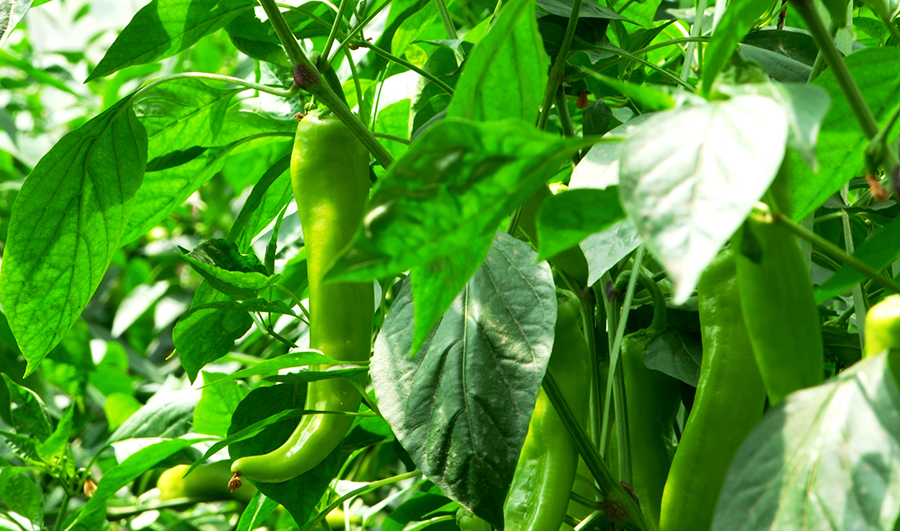LI Zhen, LIU Jin-bing, DIAO Wei-ping, WANG Shu-bin, PAN Bao-gui, GE Wei, GUO Guang-jun
In order to clarify the expression and regulation patterns of related gene in the process of anthocyanin biosynthesis in pepper,select three pepper strains which fruit of different color for materials(Zijing,Danzi,Shuijing),extract RNA of different stages of the fruit and reverse transcribed into cDNA,then using qRT-PCR technology to analysis of expression of structure genes (CHS, CHI, F3H, F3'5'H, DFR,ANS, UFGT, ANP and GST) in pepper fruit of three kinds of materials in different development stages.The results showed that the expression of CHS,CHI are rarely and disorder in the process of fruit development of three kinds of materials,the expression of F3H is higher in Danzi and Zijing,and appear larger peak in the fruit development of 15-20 days,compared with it,the amount of expression in Shuijing can be negligible.The relative transcription level of F3'5'H, ANP,GST, DFR and UFGT express synchronous change in three kinds of materials,and the relative expression of F3'5'H, ANP and GST in the 15th day of Zijing fruit appeared larger peak,the relative transcription level of ANS without some rules to follow. F3H, F3'5'H, ANP and GST are the key genes to the anthocyanins metabolic pathway in pepper.
